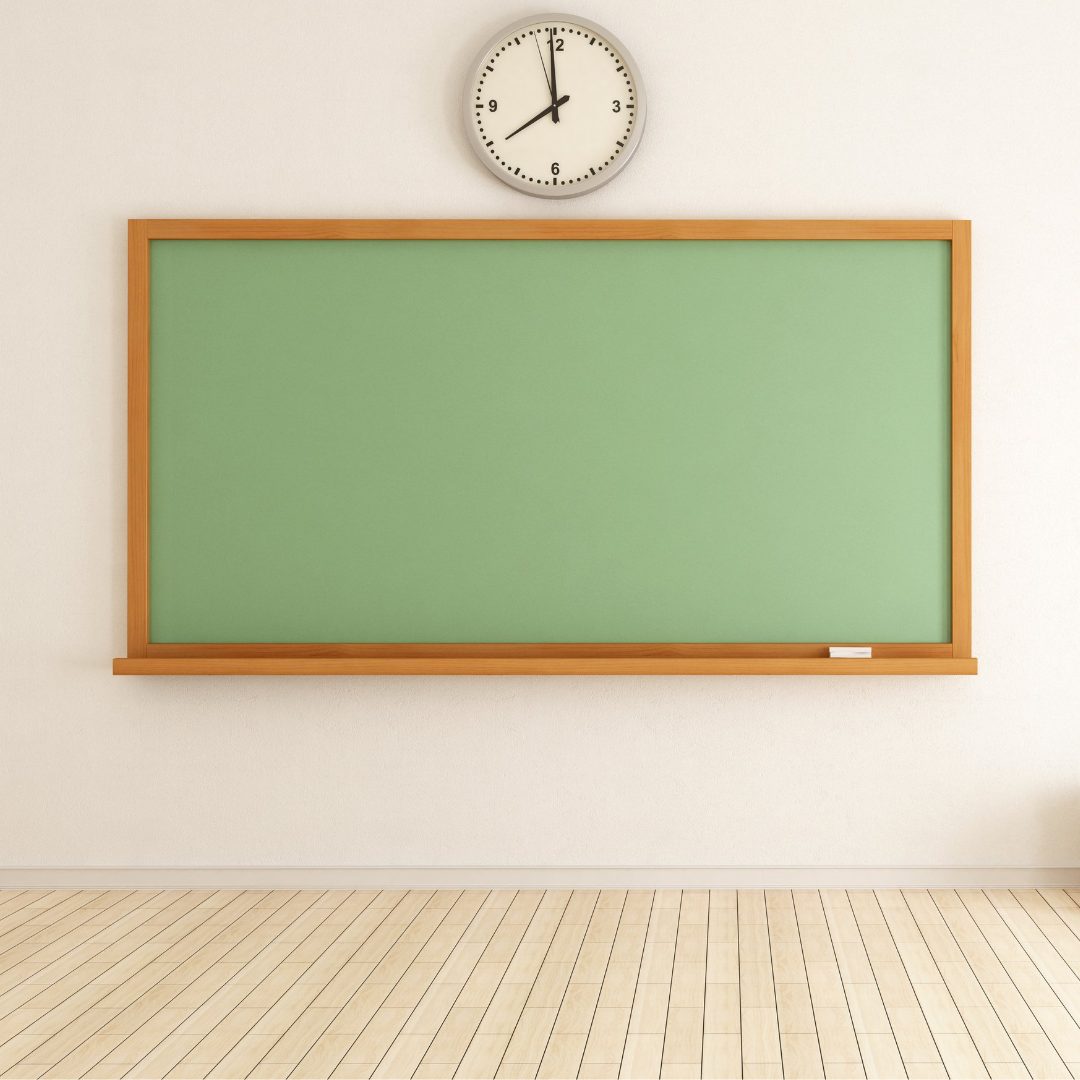“I tucked my kids in last night and said, ‘See you in the morning!’ and then we laughed and laughed. Saw them 16 more times before sunrise.” – Unknown. As a parent of a child with ADHD, then this quote is likely very relatable. That is why we are providing you with healthy sleep habits that you can start today to support your child with ADHD.
A question I was sure never to miss when first meeting a family, whether for an evaluation or therapy, was, “How’s sleep for your child?” The most common reaction from parents? An eye roll.
I get it. As a mom to two little ones, it seems unfair the discrepancy between how much I love to sleep and how much they, well, don’t.
But, before I could help any family better understand their child’s development, increase their connection, respond to challenging behaviors, or manage worries… we had to make sure that they had healthy sleep habits. We’d be fighting an uphill battle to address these issues with an overtired child.
Often, we can “clean up” sleep with some quality, healthy sleep habits. Healthy sleep habits, or sleep hygiene, can improve your child’s sleep length and quality. Let’s talk about some core healthy sleep practices that you can start implementing today:
1) Consistent bedtime routine
Children thrive on routines because they provide the consistency and predictability that helps them feel safe and secure. Putting into place a bedtime routine helps their body relax before bed; the predictability of the routine signals to the child what is to come, so their body begins to wind down. Most people start bedtime routines from 1 hour to 30 minutes before lights out.
2) Relaxing bedtime activities
Trade stimulating, rough and tumble activities for calming activities before bed. Physical activity, rough toy play, or screens can keep your child from falling asleep. In my home, we love incorporating some relaxation strategies before bed, such as deep breathing, muscle relaxation, or guided imagery. We have a video explaining some of these tools, so check that out!
One of our favorite tools to help in relaxation before bed is The Zenimal (use code “TCC” for 5% off at checkout!). I bought The Zenimal for my daughter several months ago, and it has been a game-changer for sleep. This adorable, screen-free (Yes, love this about it!) turtle allows your child to be independent with choosing meditations at night to help them quiet their body and mind and ease nighttime anxiety. My daughter was able to fall asleep an hour earlier at night and get rid of her bedtime anxiety.
3) Screen use before bed
Research has shown a relationship between evening television viewing and children’s sleep problems, especially those children with TVs in their bedrooms. At least one hour before bedtime, eliminate the use of screens. This includes television, computers, tablets, and phones. Screens are mentally stimulating, and the blue light from these devices actually tricks the body into thinking it is still daytime; this may keep your child’s body from releasing a sleepy hormone, melatonin. No melatonin release = no sleep. One of our most important healthy sleep habits is no screens in bedrooms.
4) Regular sleep/wake times
Keep your child’s sleep/wake cycles as consistent as possible. Avoid deviating by more than 30 to 60 minutes for bedtime OR waketime. This all has to do with your body’s natural circadian rhythm. Too much deviation from a schedule on a day-to-day basis will impact your child’s ability to fall asleep and stay asleep. Even on weekends – avoid allowing your child too much leeway with staying up late or sleeping in.
5) Noise and light in the room
Keep noise to a minimum, and use white noise if your child likes it (white noise machine, fan, etc.). While your child does not need complete darkness to fall asleep – the darker, the better. Dim night lights are acceptable, but there should not be enough light to see words on a page.

6) Cool bedroom temperature
To fall asleep, our body temperature needs to drop. If your child is dressed too warm, or your house is too warm, they may have difficulty falling asleep. Keep your child’s room cool and provide a blanket(s) so they can regulate temperature through the night.
7) Natural light during the day
Make sure that your child gets as much natural daylight as possible. This will help regulate your child’s internal sleep/wake clock. Keep blinds open, head outside, and enjoy the sunshine.
8) Physical activity during the day
Make sure that your child gets some physical activity during the day. Physical activity can help your child fall asleep at night and improve the quality of their sleep. This summer, try to have your child spend time outside playing, going for a walk, riding a scooter or bike, or swimming.
9) Bed for sleep only
Make sure the bed is for sleeping only. If your child uses their bed for things other than sleep, such as screens, reading, homework, etc., they learn to associate bed with things other than sleep. If your child is stressed over schoolwork, the bedroom is not the place for them to complete work. Ideally, the bedroom is for sleep and sleep only. This will help your child fall asleep and stay asleep.
10) Napping
While your child may be too old for daily naps, an occasional nap on a busier, more active day may happen. Limiting long naps and naps in the later afternoon can interfere with the body’s sleep drive at night and impact your child’s ability to fall asleep. If your child was up late one night, try to have them go to bed early the following night rather than taking a nap.
Research shows that we all have different sleep needs and are impacted differently by lack of sleep. If sleep is not a problem for you or your child – no need to fix it, even if you don’t have all of these healthy sleep habits down perfectly.
But, if your child is struggling to fall asleep, struggling to stay asleep, not waking up rested, or waking very early… an excellent starting point would be to make sure you are making these healthy sleep habits.
If sleep is still problematic after addressing these healthy sleep habits, it is probably time to talk to your child’s pediatrician. Also, if your child snores or wakes up in the night gasping for air… those are signs that it is time to speak with your child’s pediatrician or other medical professionals about underlying medical issues that may impact your child’s sleep length and quality.
Please let us know what questions you have. And make sure to check out our online course, Creating Calm, for more step-by-step strategies to support your child with ADHD at home.
Katie, Lori, and Mallory







[…] There are different ways to do this, depending on how much time you have. If you have a few weeks, you can slowly move their sleep time by small increments, like 10-15 minutes. […]
[…] Take a moment for movement. After a long day at school, make sure to give your child some opportunities to burn through the extra energy. This does NOT need to cost you lots of money or extra driving to activities! Just some time in the backyard or on a small trampoline can help re-set your child’s system so they can regulate before doing “boring” tasks like homework or the bedtime routine. […]